Should the owner of land abutting a public street be held responsible for a traffic collision between a motor vehicle and a jaywalking invitee? The California Supreme Court says no. On November 13, 2017, the Court issued a significant premises liability opinion overturning the Third District Court of Appeal and limiting the duty of commercial property owners who operate a business abutting a public street. (Valisenko v. Grace Family Church (11/13/17) WL 5243812). Specifically, the Court held a landowner does not have a duty to assist invitees in crossing a public street so long as the street’s dangers are not obscured or magnified by some condition of the landowner’s premises or by some action taken by the landowner. (Id. at p. 1). As set forth below, the key to the Court’s holding is the proximity of the relationship between the landowner’s conduct and the invitee’s and who should as a matter of public policy ultimately bear the burden of preventing such accidents.
FACTS
Plaintiff Aleksandr Vasilenko was on his way to a church function when he was struck by a car as he crossed a public street between the main premises of defendant Grace Family Church (the Church) and an overflow parking lot. The Church was located in an unincorporated section of Sacramento County. The subject street, Marconi Avenue, was five lanes wide, with two lanes in each direction separated by a universal left turn lane. The nearest intersection was 50 to 100 feet east but there were no traffic signals or crosswalks at the intersection. The Church had an agreement to use the parking lot of a school across the street for overflow parking when the Church’s main lot was full.
Mr. Vasilenko intended to attend a seminar at the Church on a rainy evening in November 2010. Upon arrival, a church member volunteering as a parking attendant, informed Mr. Vasilenko the main lot was full and told him to park in the lot across the street. The volunteer did not tell Mr. Vasilenko where to cross the street. The volunteer also did not tell Mr. Vasilenko the Church has posted crossing volunteers at the intersection of Marconi and Root Avenues. Plaintiff and two others attempted to cross in the middle of the block directly opposite the Church. Midway across, Plaintiff was struck and injured by an oncoming car.
THE LAWSUIT
Mr. Vasilenko and his wife sued the Church for negligence and loss of consortium. The gravamen of the Complaint was the Church created a foreseeable risk of injury by maintaining an overflow parking lot forcing invitees to cross Marconi Avenue and the Church was negligent in failing to protect against said risk. The Church’s motion for summary judgment was granted on the ground it did not have a duty to assist plaintiff with crossing a public street it did not own, possess, or control. A divided panel of the Court of Appeal reversed and the Supreme Court granted review.
DUTY ANALYSIS
The Court focused its analysis on the first element of any negligence cause of action, duty of care. The general rule codified in Civil Code Section 1714(a) requires each person to exercise reasonable care for the safety of others. The Court then explained its role in creating an exception to the rule “only where clearly supported by public policy.” (Vasilenko, WL 5243812, p. 2). The Court engages in an analysis of several factors when determining whether policy considerations warrant an exception. Those factors are set forth in the Court’s opinion (Rowland v. Christian (1968) 69 Cal. 2d. 108). The Court surmised The Rowland factors fall into two categories. The first three factors – foreseeability, certainty, and the connection between plaintiff and defendant-address the foreseeability of the subject injury. The second set of factors—moral blame, preventing future harm, burden, and availability of insurance, take into account policy considerations.
Foreseeability
Noting the Church does not contest the injury suffered by Mr. Vasilenko was foreseeable, the Court found two of the three foreseeability factors, foreseeability of the harm and certainty, were present and support the finding of a duty. (Vasilenko, WL 5243812, p. 4). However, the Court focused its finding of no-duty on the third factor, the closeness of the connection between the defendant’s conduct and the injury. (Ibid.). The Court stated this factor is strongly related to the question of foreseeability itself “but also accounts for third-party or other intervening conduct.” (Ibid., emphasis added). In weighing this factor, the Court distinguished between third party or intervening conduct which is closely tied or derivative of the defendant’s conduct, which favors finding a duty, and conduct which is independent favoring no-duty.
In the present case, the Court found the accident resulted from the confluence of an invitee choosing to cross the street at a certain time and place and in a certain manner, and a driver approaching at that moment and failing to avoid a collision. (Vasilenko, supra, WL 5243812, p. 4).[1] The Court found the driver’s conduct to be independent from the conduct of the landowner unless the landowner impaired the driver’s ability to see and react to pedestrians. (Ibid.). Similarly, the Court also found the invitee’s conduct to be independent unless the landowner impaired the invitee’s ability to see and react to passing motorists. (Ibid.). Further, the Court stated “the invitee’s decision as to when, where, and how to cross is independent of the landowner’s.” (Ibid.). Because the relationship between the conduct of the Church and Mr. Vasilenko was attenuated, the Court concluded the closeness factor weighs against finding a duty. (Ibid.).
Policy Considerations
Foreseeability alone is not sufficient to create an independent tort duty. The Court also weighs policy considerations such as prevention of future harm, moral blame, burden, and availability of insurance. Even when an injury is foreseeable, a duty of care will not be held to exist when the social utility of the activity is so great and the avoidance of injury is so burdensome to society, so as to “outweigh the compensatory and cost-internalization values of negligence liability.” (Vasilenko, WL 5243812, p. 4).
PREVENTION OF FUTURE HARM
This policy is ordinarily served by allocating costs to those responsible for the injury and best suited to prevent it. (Vasilenko, WL 5243812, p. 4). But this policy may be outweighed when negligent conduct is approved of by laws or mores or when liability would be particularly onerous. (Ibid.). The Court found prevention of future harm in this case did not lie with the landowner but rather state or local authorities who have exclusive authority to install traffic control devices on public streets such as signs, pedestrian crosswalks, or traffic signals. (Id. at p. 5). Mr. Vasilenko argued landowners could warn of the danger of crossing the street by posting a sign. The Court rejected this argument because “the danger posed by crossing a public street midblock is obvious, and ordinarily there is no duty to warn of obvious dangers.” (Ibid.).
BURDEN
The Court found the burden on landowners and the relative impact to the community to weigh in favor of finding no duty. (Vasilenko, WL 5243812, p. 7). The burden on landowners such as the Church to determine the relative safety of various parking lots and streets or to hire permanent crossing guards is great. (Ibid.). The impact to the community would also be great because commercial property owners would have little incentive to provide parking given the costs involved in preventing injury if such a duty were imposed them. (Ibid.).
MORAL BLAME
This factor was difficult for the Court to assess because of the limited summary judgment record. However, according to the record the Court did review, it did not find anything particularly blameworthy in the Church’s conduct. (Vasilenko, WL 5243812, p. 7). The Court was unclear as to what effective and affordable ameliorative steps a landowner, such as the Church, could have undertaken. (Ibid.). Generally, moral blame is assigned to a defendant who exercises greater control over the risks where plaintiffs are powerless or unsophisticated. Here, the Court explained, “the danger of crossing public streets is one that almost all adults encounter every day.” (Ibid.).
INSURANCE
In weighing the availability of insurance factor, the Court lacked sufficient information to determine one way or the other whether insurance was available to cover the injury. (Vasilenko, WL 5243812, p. 7). The Court acknowledged insurance could be available to the landowner, the invitee, or the driver. (Ibid.). However, the Court also noted insurance may not cover injury to a pedestrian if the pedestrian was at fault. (Ibid.).
CONCLUSION AND TAKEAWAYS
Although the Court found four of the seven Rowland factors pointed towards no duty, the key to its rationale in finding no duty was the remoteness of the injury to the landowner’s conduct and the limited ability of the landowner to prevent future harm as compared to the ability of third parties, invitees and drivers to prevent injury. (Vasilenko, WL 5243812, p. 8). The Court distinguished other opinions which found duty involving dangerous conditions on the defendant landowner’s premises that the landowner controlled. The Court also distinguished decisions finding duty where the landowner controlled the selection of the location of the relevant premises such as Bonano v. Central Contra Costa Transit Authority (2003) 30 Cal. 4th 139, involving a public bus stop, which in the Court’s view, could easily have been moved to a less dangerous location. The Court’s holding in Vasilenko represents a line beyond which the Court is not willing to go in terms of imposing a duty on a landowner to control traffic collisions on public streets. The holding is significant because the Court places the burden of preventing such accidents on the driver and the pedestrian invitee absent some affirmative act by the landowner which obstructs the driver and pedestrian from seeing each other.
[1]It was disputed whether Mr. Vasilenko was jaywalking in violation County Code Section 10.20.10 but the Court found the analysis did not turn on this issue because there is a foreseeable risk of injury whether or not the driver or the invitee is negligent.
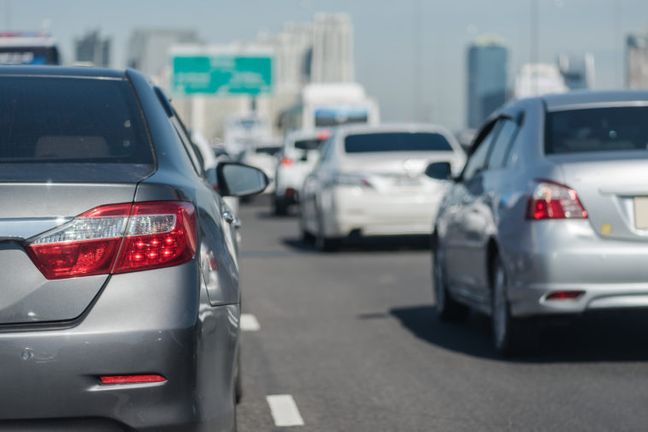
 Author: David Kahn
Author: David Kahn
 Cannabis Workers Allege Quota to Trim 4 Pounds a Day Violates the California Labor Code
Cannabis Workers Allege Quota to Trim 4 Pounds a Day Violates the California Labor Code
 The Ninth Circuit Reminds Us: Every Word Matters
The Ninth Circuit Reminds Us: Every Word Matters
 NO WAY, PRO SE! The Consequences of Abusing the Judicial System as a Pro Se Litigant in Colorado
NO WAY, PRO SE! The Consequences of Abusing the Judicial System as a Pro Se Litigant in Colorado
 Victim of Financial Mismanagement or Unlawful Retaliation? New Jersey City University Program Founder Claims School Retaliated After Reporting Alleged Sexual Harassment
Victim of Financial Mismanagement or Unlawful Retaliation? New Jersey City University Program Founder Claims School Retaliated After Reporting Alleged Sexual Harassment
 “Real Housewives” Gets a Reality Check
“Real Housewives” Gets a Reality Check
 Missing a Chapter: Insufficiency of Expert Deposition Testimony in Medical Malpractice Litigation
Missing a Chapter: Insufficiency of Expert Deposition Testimony in Medical Malpractice Litigation
 Crash Course: Why Summary Judgment Misses the Mark in Illinois Multi-Cause Limousine Crash Collision
Crash Course: Why Summary Judgment Misses the Mark in Illinois Multi-Cause Limousine Crash Collision
 Bitter Truths: Lead, Cadmium, and Defective Pleadings in California Chocolate Class Action
Bitter Truths: Lead, Cadmium, and Defective Pleadings in California Chocolate Class Action
 The Law of Unintended Consequences: Including Insurance Brokers in Litigation Strategy Communication May Waive the Attorney-Client Privilege
The Law of Unintended Consequences: Including Insurance Brokers in Litigation Strategy Communication May Waive the Attorney-Client Privilege
 Supreme Court May Need to Review Covid-19 Loss Coverage in California
Supreme Court May Need to Review Covid-19 Loss Coverage in California
 Howell v. Hamilton Meats & Provisions Continues to Deliver Justice for California
Howell v. Hamilton Meats & Provisions Continues to Deliver Justice for California
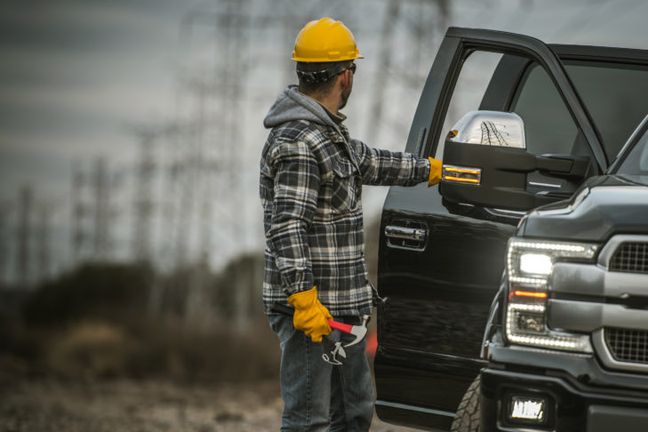 “Take-Home” COVID-19 Cases to Go to California Supreme Court
“Take-Home” COVID-19 Cases to Go to California Supreme Court
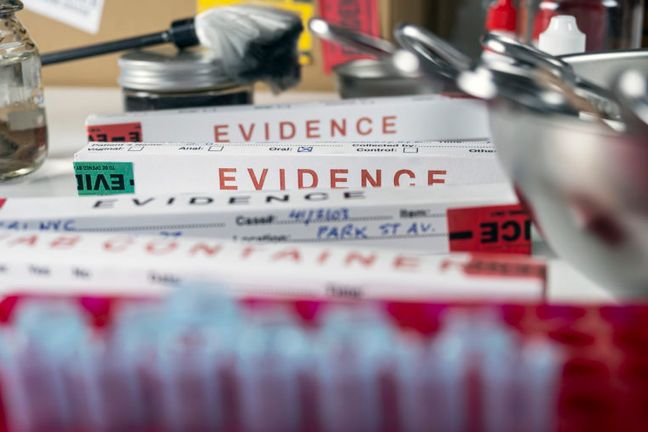 Police Reports Are Often Inadmissible – But Not Always…
Police Reports Are Often Inadmissible – But Not Always…
 California Supreme Court Holds Dynamex ABC Test Applies Retroactively
California Supreme Court Holds Dynamex ABC Test Applies Retroactively
 Medi-Cal Liens Not Preempted by Federal Medicaid Anti-Lien Statute
Medi-Cal Liens Not Preempted by Federal Medicaid Anti-Lien Statute
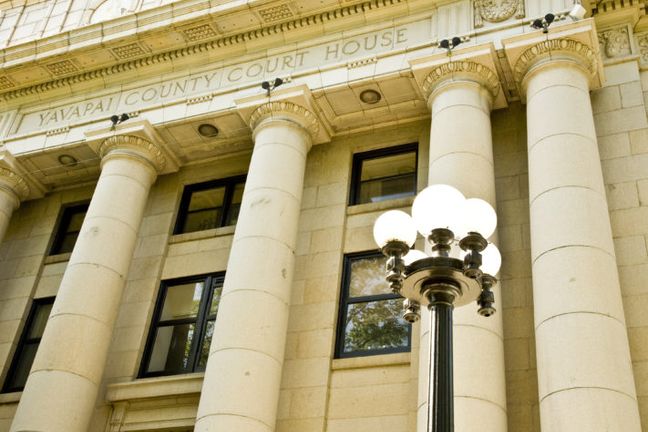 Is In-House Counsel’s Legal Advice Privileged in California if Shared with Non-Lawyers?
Is In-House Counsel’s Legal Advice Privileged in California if Shared with Non-Lawyers?
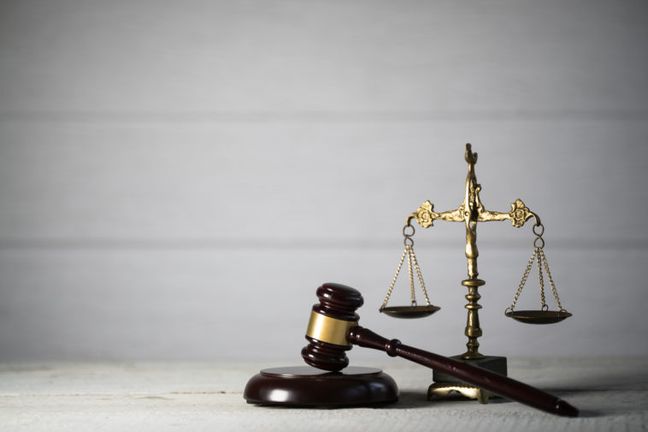 Reasonable Minds May Differ When it Comes to Interpretation of Philadelphia’s Insurance Policy Exclusions
Reasonable Minds May Differ When it Comes to Interpretation of Philadelphia’s Insurance Policy Exclusions
 Update: California District Court Upholds Previous Dismissal of Wife’s COVID-19 Civil Suit
Update: California District Court Upholds Previous Dismissal of Wife’s COVID-19 Civil Suit